Application and characteristics of urea as fertilizer
As you know, for each plant, macronutrients such as nitrogen, phosphorus and potassium are of the greatest importance in nutrition. It is their culture that consumes most of all, and therefore the provision of the necessary elements is the main purpose of using fertilizers. Among all agrochemicals, most of all nitrogen is contained in urea, and its sparing effect on the leaf apparatus with foliar dressing makes it indispensable in the summer cottage.
Urea properties
Urea is one of the most frequently chosen fertilizers, however, for novice gardeners, it is a mystery, what is it? This agrochemical is produced mainly in the form of granules with a diameter of about 2-3 mm, their color is from pure white to grayish or yellowish. Outwardly, it is very similar to ammonium nitrate, you can distinguish it when buying by wetting your fingers and rubbing a fertilizer ball between them, after which you will have a feeling of soapy fingers.
Carbamide is one of the most highly concentrated nitrogen fertilizers (its content is up to 46.2%). It dissolves easily in water, in soil solution, resulting in the release of volatile forms of the element. For this reason, pellets cannot be simply scattered over the soil, especially in drought conditions, it is a waste of time and money. The use of this agrochemical as the main or pre-sowing fertilizer implies its incorporation into the soil. In addition to these features, it has the following properties:
- The content of one of the macronutrients in large quantities puts urea in value on the same level with ammonium sulfate and sodium nitrate, and in terms of its effect on the formation of the yield - with ammonium nitrate.
- Fertilizer applied directly during sowing should not come into contact with the seeds, because the released ammonium carbonate during the processing of urea by urobacteria inhibits the germination of seed material. The joint use of potassium or the incorporation of fertilizer below the sowing depth can neutralize this disadvantage.
- Urea belongs to biologically acidic agrochemicals. At the same time, in the process of its assimilation, first a small focal alkalinization occurs, which is due to the lower efficiency on saline soils, and then the acidification of the soil is noted. However, in the end, neither acidifying nor alkaline compounds remain.
- A gentle effect on the aboveground mass (ammonium nitrate leaves burns when spraying) allows you to apply fertilizer fractionally, thereby optimizing the mineral, namely nitrogen, nutrition of plants.
- Under irrigation conditions, a greater effect is observed. Therefore, it is often recommended to add urea to conventional irrigations.
- Urea has a fairly high hygroscopicity, therefore, to avoid caking, it must be stored in a dry place and in the absence of impurities.
If it is necessary to use other fertilizers together, its pH should be taken into account. So, for example, adding a simple superphosphate will intensify soil acidification, therefore it is recommended in such cases to add an additional lime-containing ameliorant.
Signs of nitrogen deficiency and excess
Before adding this or that element to the soil, you need to make sure it is necessary. In particular, this rule should be observed with highly concentrated agrochemicals such as urea. An imbalance in nitrogen nutrition manifests itself first of all on old leaves, and then passes on to new ones.
Signs of a nitrogen deficiency:
- Plants develop inhibited, depressed.
- Shoots of fruit and berry crops formed in the new season are shortened, weakened, thin and slightly leafy.
- The leaves are characterized by uncharacteristic narrowing and small size, their color is paler than usual, sometimes the leaf apparatus turns yellow and falls off prematurely. The arrangement of such shoots is unnaturally close to the main stem (at an acute angle, like pressed ears).
- There is a sharp decrease in productive branching and tillering of crops.
- Generative buds are laid in fewer quantities, because otherwise, the plant will not be able to fully provide them with the necessary element until the fruits are fully ripe. If nitrogen was introduced only at the beginning of the season, the culture will form a sufficient number of flower buds, but the set fruits will subsequently fall off.
Signs of excess element:
- In the earliest period, inhibited development is observed.
- For older plants, applying an excessive amount of nitrogen stimulates a violent growth of vegetative mass. The leaf has a dark color, large size, the culture "fattens".
- Generative organs are not formed or are laid in a limited number.
- The growing season is noticeably prolonged, the ripening of the fruits is shifted to a later date, because of this, the plant does not have time to accumulate the required mass of reserve substances. The crop is characterized by a lower keeping quality, worse taste parameters, and a greater susceptibility to diseases.
Urea application
In comparison with ammonium nitrate, urea maximally manifests its advantages when applied on light acidic soddy-podzolic soils in the presence of a sufficient amount of moisture in the soil, as well as on gray soils under the condition of irrigation. A neutral or alkaline reaction of the medium contributes to a significant loss of nitrogen, therefore, it is allowed to introduce them with mandatory mixing with the ground.
Urea is applicable as the main fertilizer in early spring for absolutely any agricultural crops. It is introduced about a week before sowing or planting plants embedded in the soil to a depth of 7-8 cm. Due to the volatility of ammonium compounds, some nitrogen is lost in non-irrigated areas, even if all the rules are observed. In this case, the effectiveness of the application is equal to ammonium nitrate.
Autumn use does not show the maximum effect, since microorganisms begin the decomposition process immediately, the ammonium carbonate released during this process is rapidly destroyed. And by spring, part of the nitrogen is washed out of the soil into deeper layers. Application in the fall is permissible only provided that this period is not protracted, excessively warm and dry, and the soils do not have a sandy loam and sandy structure. Even in this case, the introduction of the full dose of urea is impractical, at least 40% must be left before sowing.
Pre-sowing application is carried out at the time of sowing or planting the culture directly into the furrows or holes. A prerequisite in this case is the presence of an earthen layer in order to avoid a decrease in germination under the influence of ammonia.
Urea is superior to many other agrochemicals for root and especially foliar applications. In this capacity, she found wide application in the garden and in the greenhouse. A solution of up to 5% concentration does not burn even the youngest leaves. The combination of irrigation with a nutrient solution with spraying ensures the development of a strong root system, and the growth of a powerful aerial part, which is good indicators for seedlings.
Instructions for the use of urea fertilizer
In order to provide the culture with the necessary amount of the nutrient, the dosage should be observed, which depends on the needs of the plants, the method of feeding, the moisture content of the soil, and its structure. If you focus on the method of application, then the instructions for use recommend the following standards:
- Vegetables, potatoes, tomatoes, garlic, as well as fruits and berries, strawberries and flower plants, especially roses respond well to the main application of urea at a dose of 130 to 200 g per 10 m2. For cucumbers and peas require only 5-8 g.
- In pre-sowing application, up to 4 g of agrochemical is consumed per well.
- Top dressing with undissolved granules is carried out in a dosage of 50 to 100 g for the same area. For fruit crops, the norm is higher and is 150 g on young apple trees and 70 g on cherry and plum trees, as well as shrubs. Fruiting Apple tree requires up to 250 g, cherries and plums - up to 140 g. Application is carried out in near-trunk circles, followed by mixing with soil or abundant watering. The diameter of the place of application for fruit trees and berry bushes is defined as the projection of their crown onto the soil.
- Perennial flower crops that need nitrogen to get out of hibernation respond very well to early spring feeding (2 g / l). Urea helps to overcome stress more quickly after harsh winter conditions and build new vegetative mass.
- For root feeding of cabbage, tomatoes or strawberries, a solution of 2-3 g of urea and 1 liter of water is prepared with thorough mixing until completely dissolved. This volume is intended for 1 plant. For the rest, the concentration can reach 6 g / l with the consumption of the resulting composition per 1 m2.
- Spraying is carried out with a 0.5-1% solution of an agrochemical. For its preparation, 5-10 g of urea is dissolved in 1 liter of water. This amount is for a small plot of 20 m2, and the same concentration is applicable for indoor plants.
When feeding with urea, it should be remembered that it stimulates the development of the vegetative part, therefore, the introduction during the budding period and later will negatively affect the amount of the crop. The best period is the moment of formation of the aboveground mass, during its active branching or tillering. Fruit and berry plants, when watered before bud break, respond with their faster awakening. Ornamental-deciduous crops respond with a lush, densely leafy crown. But flowers should be fed with care, otherwise you can get a large green mass without flowers.
Urea for plant protection
For fruit and berry plants, carbamide is not only a means of obtaining nitrogen, but also a way to combat some wintering pests, including weevils, aphids, apple blossom beetle, honeydew and others. Usually, these insects come out of suspended animation immediately upon the onset of the average daily temperature above + 5 ° C. During this period, swelling of the kidneys is noticeable. Therefore, the treatment must be carried out earlier to prevent damage.
The solution is prepared at the rate of 0.5-0.7 kg per 10 liters of water. You need to spray the crown and especially the trunk and last year's foliage, where the greatest amount of the pest accumulates. Such a measure of protection is necessary if there is a large population of a particular insect in the past season.
Urea also helps to combat the development of scab, purpuric spot and monilial burn. Treatment is carried out in the initial period of leaf fall with a solution of 500 g of fertilizer per 10 liters of water. This technique inhibits the development of the fruiting bodies of the causative agent of diseases, from which primary infection occurs at the beginning of the season. You can also shed already fallen leaves in late autumn or early spring, but in this case, the concentration must be increased to 7% (700 g). The consumption of the composition reaches 250 ml / m2.
Urea is one of the most valuable fertilizers due to the high content of easily assimilable forms of nitrogen and the ability to apply it precisely at those periods when the plant needs it most. The correct application allows you to get the most out of the plants in your area in the form of a good yield in every way.
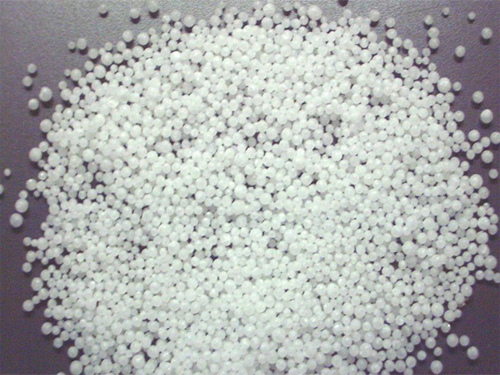
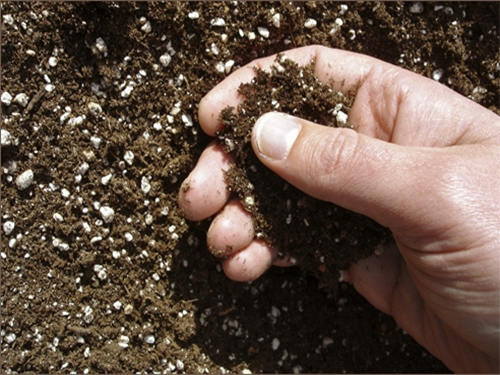
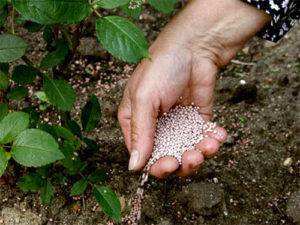
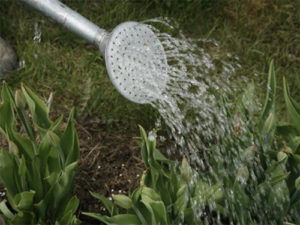
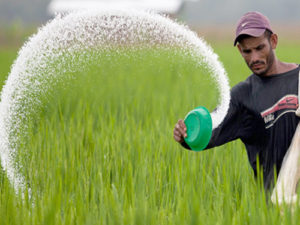
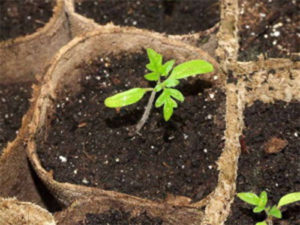
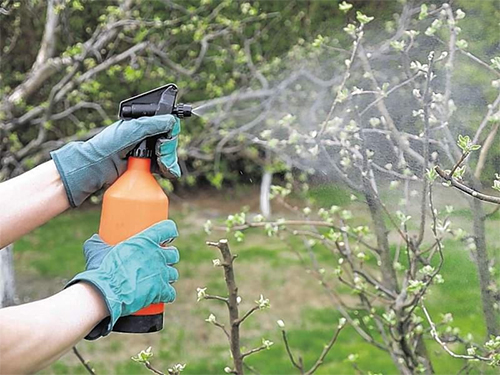
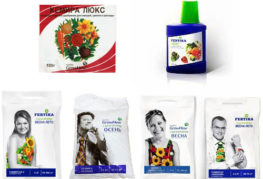
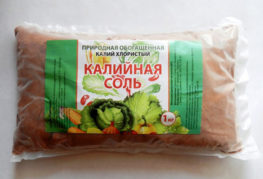
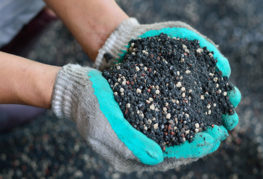
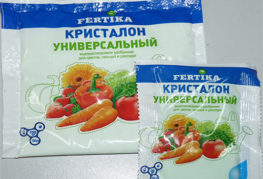
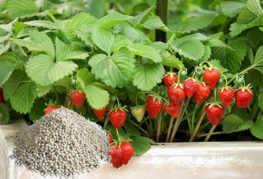
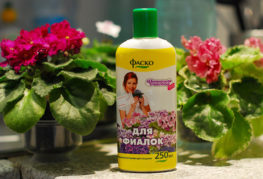
I got acquainted with the use of urea as a fertilizer thanks to my grandfather, he is an avid gardener for many years and knows all the subtleties in growing a variety of crops. I fertilize the soil with urea in the spring before planting, I usually fertilize tomatoes, cabbage, eggplants. I also spray the apple tree, cherry with a solution of urea and thanks to him this season all pests did not gnaw the fruits.
My grandmother used urea as a fertilizer, this method has not become obsolete even after a century. Only one question torments me: does urea affect the fruit in a negative way? Maybe they are becoming dangerous to consume? Everything is so acidic. I use urea for cucumbers, tomatoes and potatoes mainly, the fruits are always of good size, there are no parasites, the greens are good, without pests.
I am a novice gardener, because recently my daughter and I moved into our house. And at first nothing really grew, because they did not know how to care for the plants. But a friend advised to use urea, as it is good for both plants and trees, and is not harmful at all. Previously, our apple tree brought little harvest, and the leaves looked sick, and we decided to spray it with urea, and in the same year there were a lot of apples and the apple tree did not hurt. Every year our harvest has become better, we will continue to use urea!